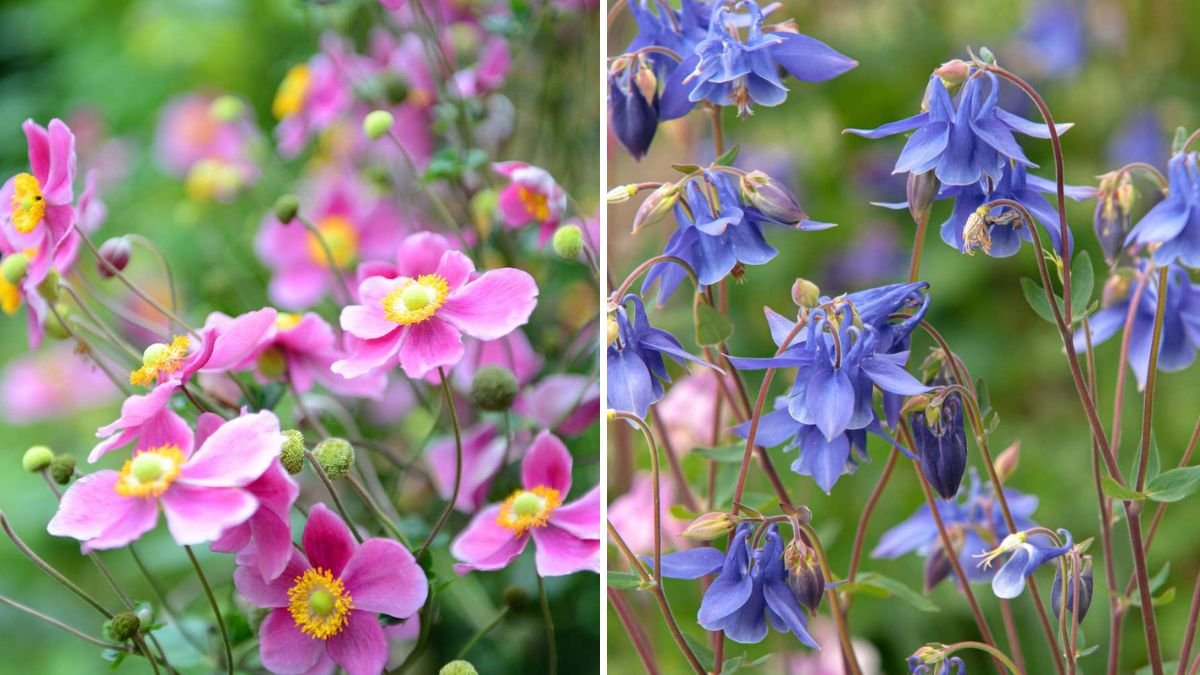Many gardeners believe that vibrant flowers require full sunlight, but partial shade gardens can be equally stunning with the right plant selection. Partial shade is defined as an area that receives 3–6 hours of direct sunlight or filtered light throughout the day. This condition is common on balconies, under trees, or alongside buildings. While some flowers thrive in full sun, many ornamental plants are well-adapted to lower light conditions and reward gardeners with extended blooming periods and rich foliage.
This guide explores five beautiful flowers that flourish in partial shade, their care requirements, soil preferences, watering needs, and tips for designing a shaded garden with colorful blooms.
Why Choose Shade-Tolerant Flowers?
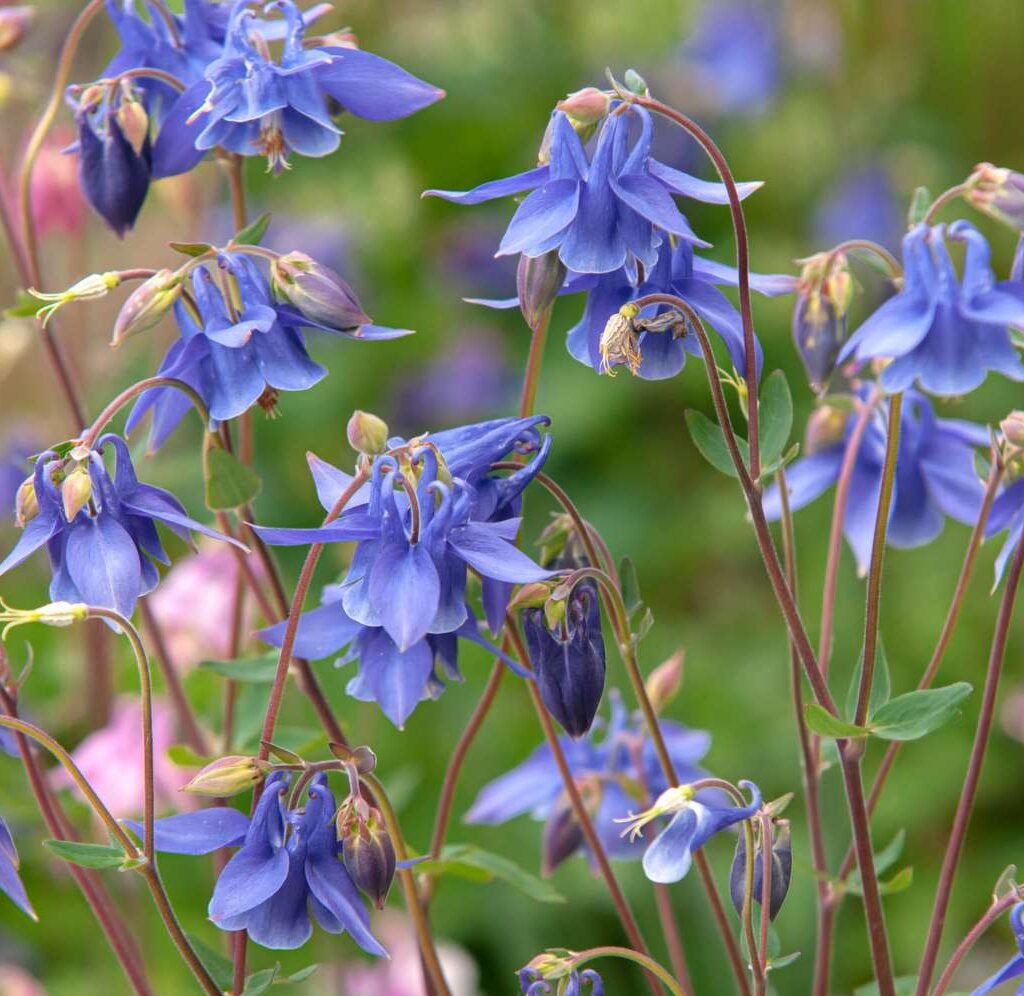
Gardening in partial shade offers multiple benefits:
- Protection from Harsh Sun: Plants are less likely to suffer sunburn or leaf scorch.
- Cooler Growing Conditions: Reduced sunlight helps maintain soil moisture and reduces heat stress.
- Extended Blooming: Many shade-loving flowers bloom for longer periods than sun-loving counterparts.
- Enhanced Foliage Colors: Partial shade often intensifies leaf color, providing a lush backdrop for flowers.
- Versatility: Ideal for spaces where full sunlight is not available, such as under trees or near walls.
Shade-tolerant plants enable gardeners to create vibrant, layered, and dynamic landscapes in areas that would otherwise remain bare.
Step 1: Impatiens (Busy Lizzie)
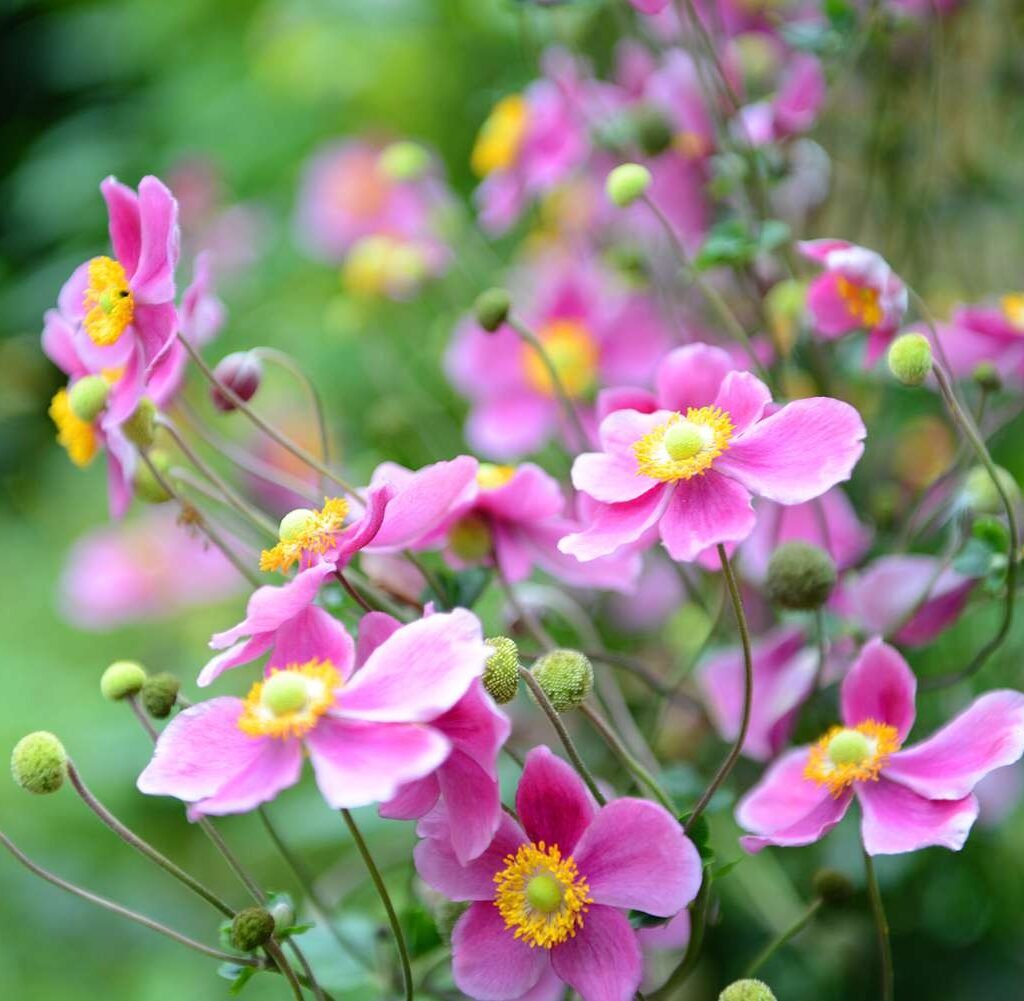
Description: Impatiens are popular shade-loving annuals known for their bright, colorful flowers in shades of red, pink, purple, white, and orange.
Growing Conditions:
- Light: Partial shade; tolerate morning sun but avoid harsh afternoon sun.
- Soil: Moist, well-draining soil rich in organic matter.
- Watering: Keep soil consistently moist; avoid waterlogging.
- Temperature: Thrive in temperatures between 60–75°F (15–24°C).
Care Tips:
- Deadhead spent blooms to encourage continuous flowering.
- Fertilize every 2–3 weeks with a balanced liquid fertilizer.
- Ideal for containers, hanging baskets, or borders, adding color to shaded areas.
Impatiens are excellent for brightening dim corners of a garden or balcony.
Step 2: Astilbe
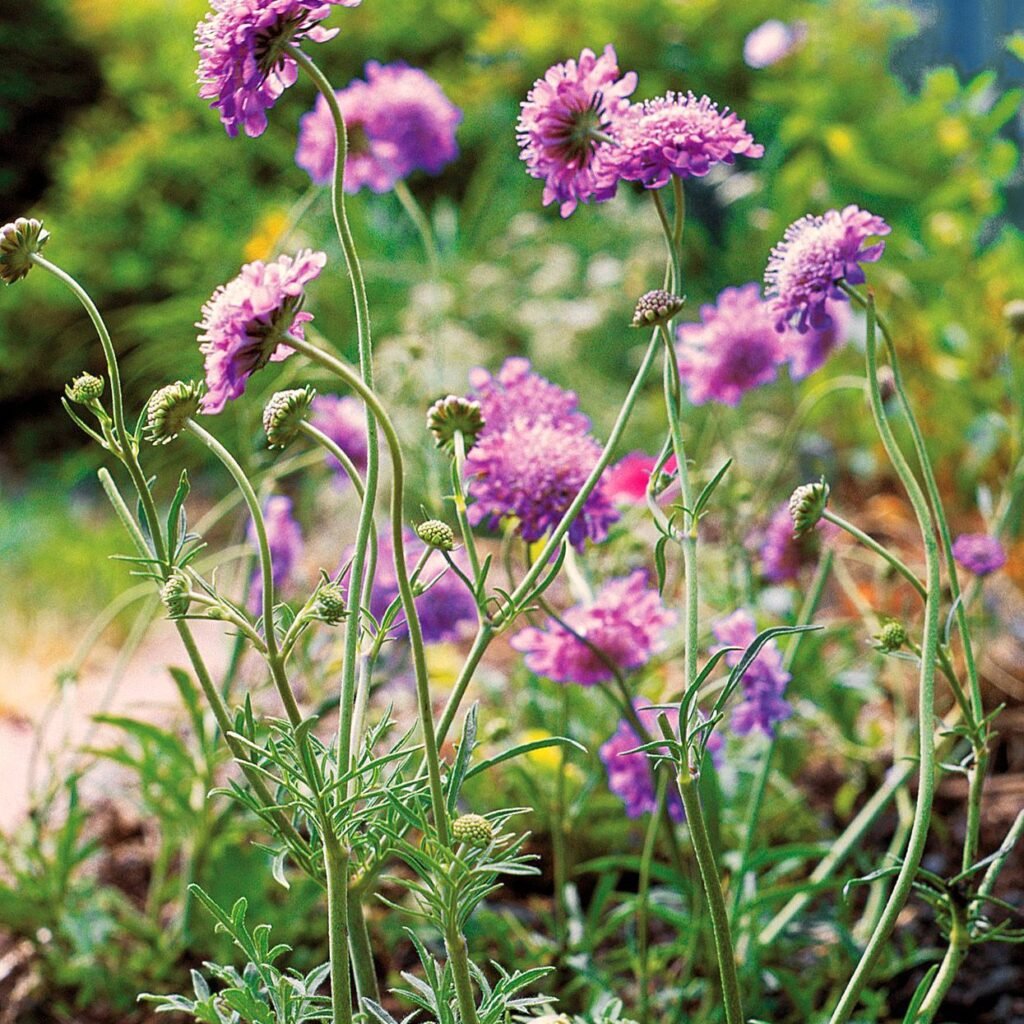
Description: Astilbes are perennial plants with feathery, plume-like flowers in shades of pink, red, white, and purple. They add height, texture, and elegance to shade gardens.
Growing Conditions:
- Light: Partial to full shade; tolerates filtered sunlight.
- Soil: Rich, moist, well-draining soil; amend with compost for best results.
- Watering: Requires consistent moisture, especially during flowering.
- Temperature: Hardy in USDA zones 3–8.
Care Tips:
- Mulch around roots to maintain soil moisture.
- Divide clumps every 3–4 years to prevent overcrowding.
- Perfect for shade borders, woodland gardens, or container plantings.
Astilbe provides dramatic vertical interest and thrives where sunlight is limited.
Step 3: Hellebores (Lenten Rose)
Description: Hellebores are perennial flowers known for early spring blooms, often appearing while snow is still on the ground. Colors range from white and pink to deep purples and greens.
Growing Conditions:
- Light: Partial shade; protect from hot afternoon sun.
- Soil: Rich, well-draining soil with organic matter.
- Watering: Moderate watering; drought-tolerant once established.
- Temperature: Hardy in USDA zones 4–9; withstand cold winters.
Care Tips:
- Remove old foliage in late winter to promote new growth.
- Mulch to retain moisture and regulate soil temperature.
- Ideal for woodland gardens, shaded borders, or under trees.
Hellebores are low-maintenance, long-lived perennials that reward gardeners with early spring color.
Step 4: Begonias (Wax Begonia and Fibrous-Rooted Begonia)
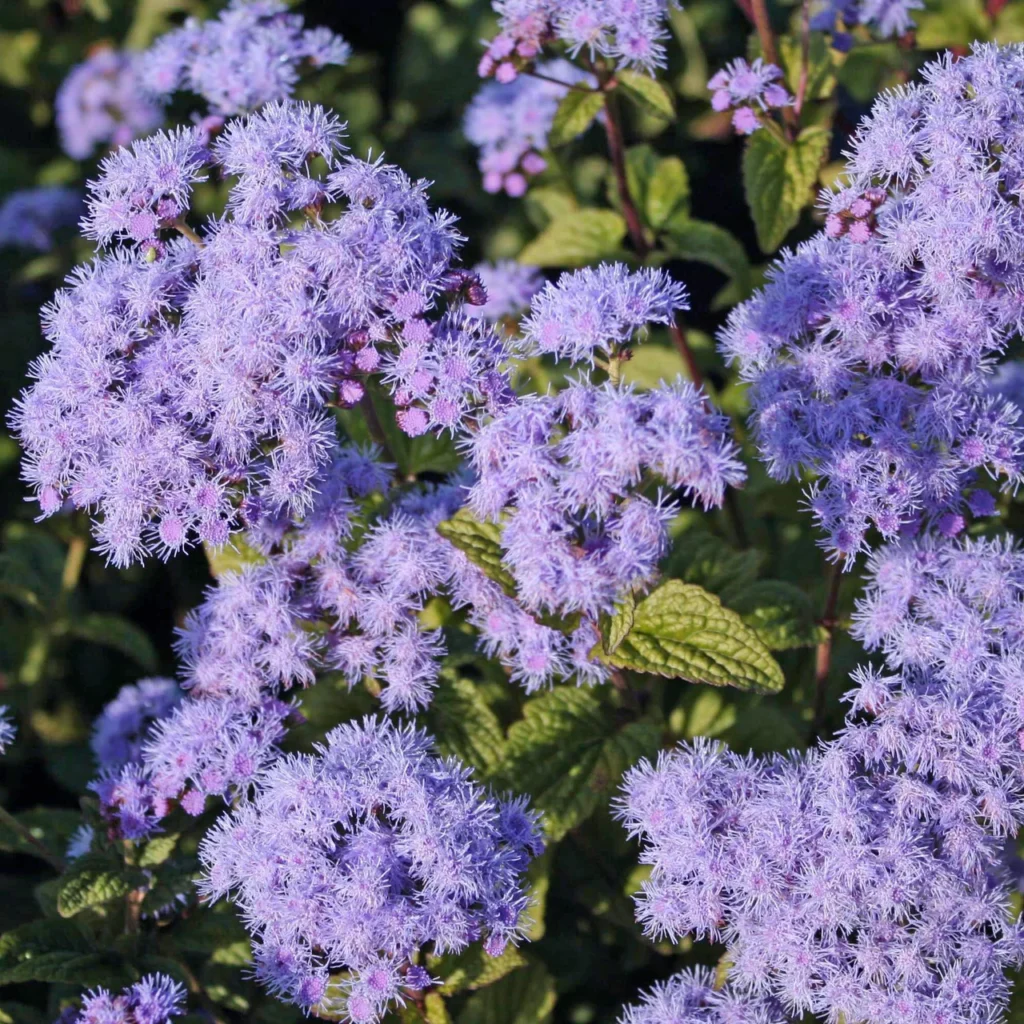
Description: Begonias are versatile flowers suitable for containers, hanging baskets, and garden beds. Wax begonias have glossy leaves, while fibrous-rooted types produce continuous blooms in red, pink, white, or orange.
Growing Conditions:
- Light: Partial shade; can tolerate filtered sunlight.
- Soil: Well-draining, fertile soil enriched with organic matter.
- Watering: Keep soil moist but avoid soggy conditions.
- Temperature: Prefers warm conditions (60–75°F / 15–24°C).
Care Tips:
- Remove spent flowers to encourage new blooms.
- Fertilize with a balanced liquid fertilizer every 2–4 weeks.
- Resistant to heat and humidity, making them suitable for balcony containers and indoor shade gardens.
Begonias are perfect for adding continuous color to shaded garden areas.
Step 5: Foxglove (Digitalis)
Description: Foxgloves are tall, elegant biennials or short-lived perennials with tubular flowers that attract bees and pollinators. Colors include purple, pink, white, and yellow.
Growing Conditions:
- Light: Partial shade; prefers morning sun and afternoon shade.
- Soil: Moist, well-draining soil; rich in organic matter.
- Watering: Consistent moisture, especially during flowering.
- Temperature: Hardy in USDA zones 4–9.
Care Tips:
- Mulch to retain soil moisture and maintain cooler root temperatures.
- Cut back spent flower spikes to promote second bloom in some varieties.
- Excellent for woodland gardens, shaded borders, and balcony containers.
Foxgloves add vertical drama and attract pollinators to shaded areas.
Tips for Growing Flowers in Partial Shade
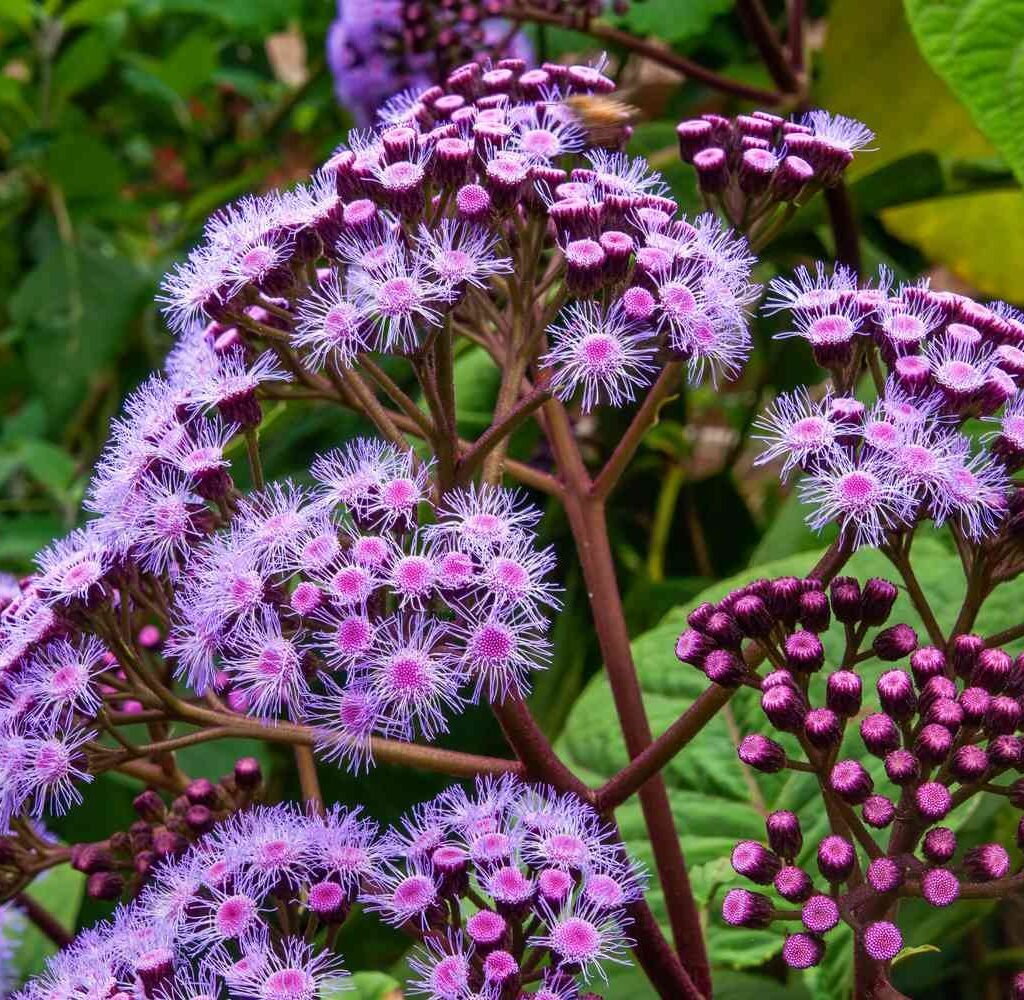
- Soil Preparation: Enrich soil with compost to enhance fertility and moisture retention.
- Watering: Shade plants may still require consistent watering; check soil regularly.
- Fertilization: Use balanced, slow-release fertilizers to promote flowering without overstimulating foliage growth.
- Mulching: Apply organic mulch to retain moisture, regulate soil temperature, and reduce weeds.
- Container Placement: Rotate containers to ensure even light exposure and avoid weak, leggy growth.
- Spacing: Avoid overcrowding; ensure adequate airflow to reduce fungal diseases.
- Companion Planting: Mix shade-loving flowers with ferns or ornamental grasses to create texture and depth.
Following these tips ensures healthy growth and vibrant blooms even in low-light conditions.
Design Ideas for Partial Shade Gardens
- Layered Borders: Combine tall foxgloves or astilbes with lower begonias and impatiens for a multi-dimensional display.
- Container Gardens: Use shade-tolerant flowers in pots and hanging baskets to brighten balcony corners.
- Woodland Theme: Incorporate hellebores and astilbes under trees with dappled sunlight.
- Mix Foliage and Flowers: Contrast flowering plants with ornamental foliage like hostas for texture and visual interest.
- Succession Planting: Stagger planting times to ensure continuous blooms throughout the season.
Thoughtful design maximizes color, texture, and visual appeal in shaded areas.
Benefits of Partial Shade Flowers
- Continuous Color: Many shade-tolerant flowers bloom for extended periods.
- Adaptability: Suitable for balconies, patios, under trees, and alongside buildings.
- Low Heat Stress: Plants are less susceptible to scorching or wilting.
- Attract Pollinators: Bees, butterflies, and other beneficial insects thrive in shaded flower gardens.
- Improved Air Quality: Dense foliage contributes to oxygen production and dust filtration.
Partial shade gardens combine beauty, sustainability, and functionality in urban and small-space settings.
Conclusion
Growing flowers in partial shade proves that limited sunlight does not mean limited beauty. By selecting the right species, preparing fertile soil, ensuring proper watering, and providing seasonal care, gardeners can enjoy vibrant blooms, lush foliage, and ecological benefits even in shaded areas.
Impatiens, astilbes, hellebores, begonias, and foxgloves are standout choices for colorful, low-maintenance shade gardens. Their unique foliage, varied colors, and adaptability make them ideal for balconies, woodland gardens, and partially shaded landscapes.
With thoughtful plant selection, strategic placement, and attentive care, gardeners can transform partial shade areas into visually stunning gardens that flourish year-round, providing beauty, pollinator support, and a peaceful retreat in urban spaces.
